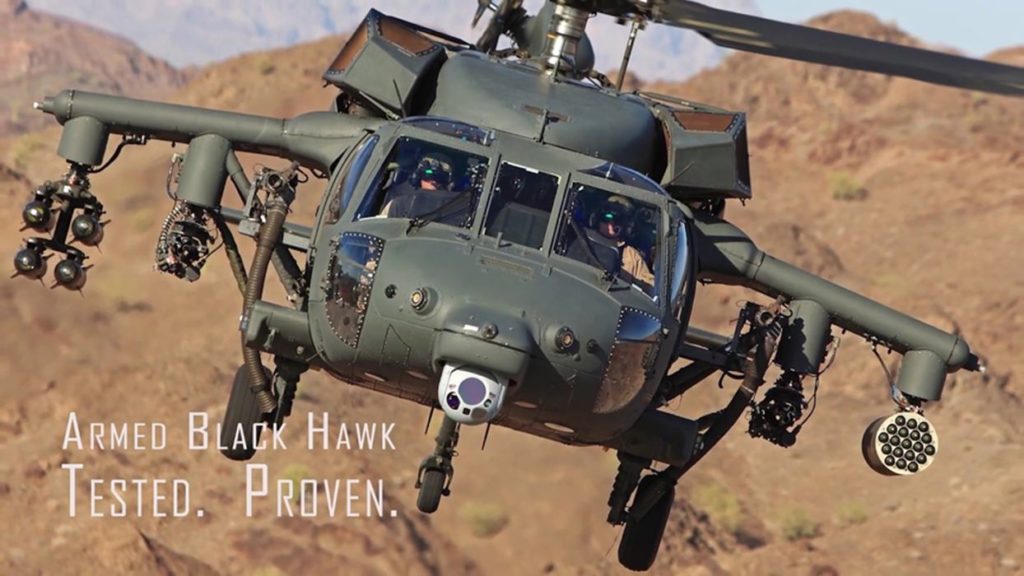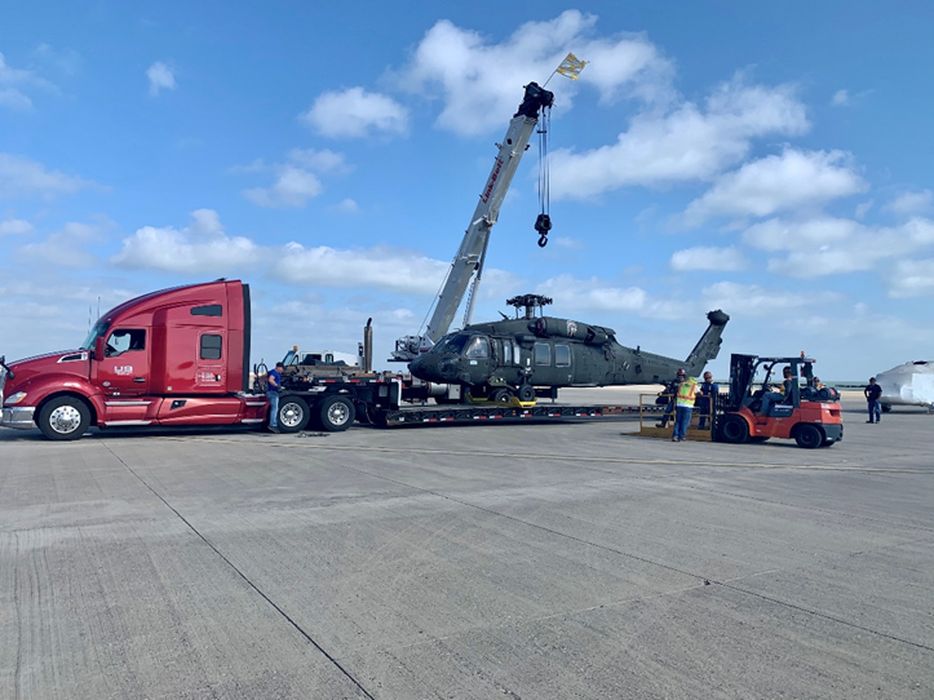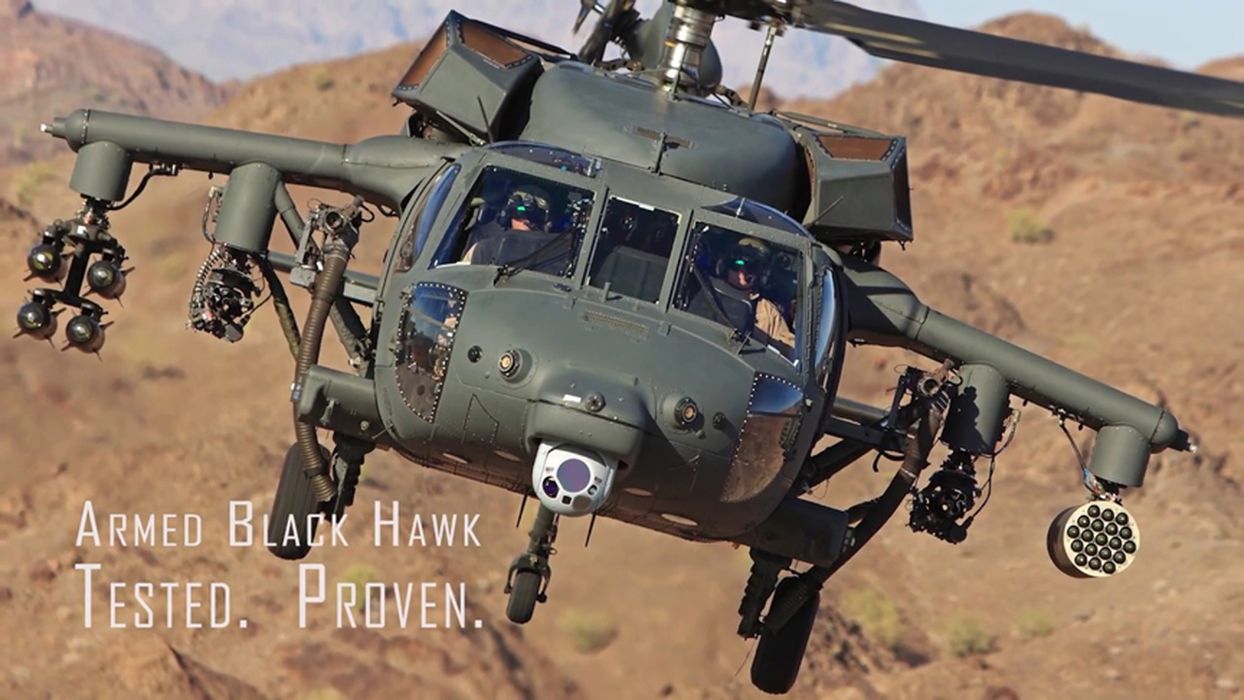
Charles R. Goulding and Preeti Sulibhavi examine how the U.S. military is using digital twins for helicopter development.
Australia announced that it is switching from Airbus, European-made Taipan helicopters, to Lockheed-made Blackhawks. Coming just after Australia switched to U.S.-made submarines it is clear that geopolitics are favoring deeper U.S.-Australia relations, particularly in response to China.
The submarine switch created a French-led international uproar, and this development will further increase European dismay. It is recognized that with the major military equipment purchases, the economic value is in both capital purchase and the long-term replacement parts annuity.
These Blackhawk helicopters contain numerous parts designed for 3D printing. The U.S. military has been working with Wichita State University (WSU) in Kansas to disassemble and then completely digital-twin, or duplicate, all of the replacement parts in Blackhawks using scanning technology and 3D printing. This allows the U.S. Department of Defense (DoD) to be more self-reliant as opposed to relying on OEM parts from the manufacturer.
The digital twin process allows for the fast re-creation of out-of-stock parts. Simply stated, prospectively it should be efficient and cost-effective for Australia to obtain regularly required replacement parts. Therefore, the aircraft operates in peak condition until it retires.

This gives the military more control over its aircraft fleets, and it also improves readiness as well.
The Research & Development Tax Credit
The now permanent Research and Development (R&D) Tax Credit is available for companies developing new or improved products, processes and/or software.
3D printing can help boost a company’s R&D Tax Credits. Wages for technical employees creating, testing, and revising 3D printed prototypes can be included as a percentage of eligible time spent for the R&D Tax Credit. Similarly, when used as a method of improving a process, time spent integrating 3D printing hardware and software counts as an eligible activity. Lastly, when used for modeling and preproduction, the costs of filaments consumed during the development process may also be recovered.
Whether it is used for creating and testing prototypes or for final production, 3D printing is a great indicator that R&D Credit eligible activities are taking place. Companies implementing this technology at any point should consider taking advantage of R&D Tax Credits.
Conclusion
Helicopters have important civilian markets including law enforcement, tourism, remote work site access and transportation. The entire helicopter market will benefit from the U.S. military innovation, including 3D printing, scanning, design, and manufacturing production technologies.

